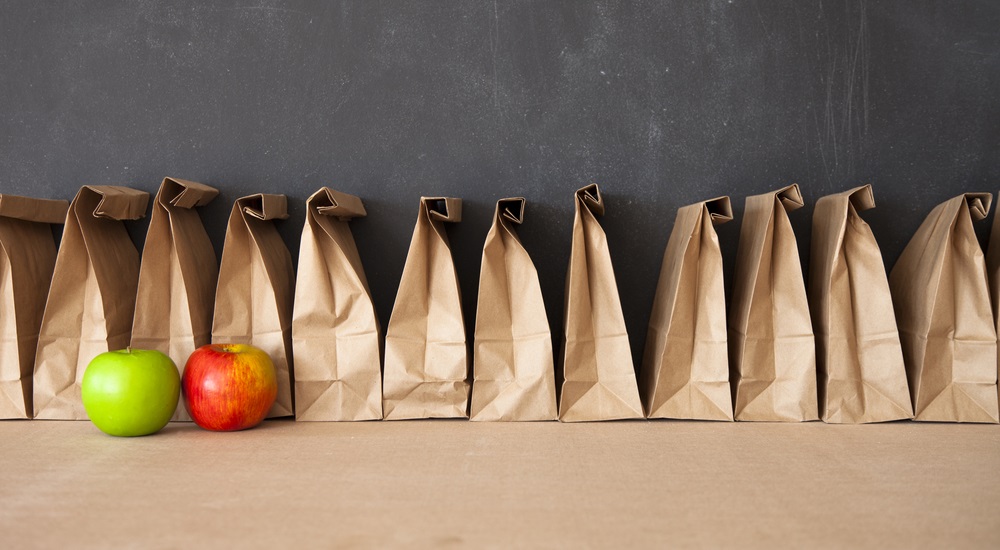 TIM MASTERS/SHUTTERSTOCK
TIM MASTERS/SHUTTERSTOCK
More kids in after-school programs are getting an evening meal through the program, according to a recent report from Food Research & Action Center (FRAC).
An additional 86,900 children received supper through the federal Afterschool Meals Program in October 2019 compared with October in the previous year — a 6.5% increase — according to FRAC, a nonprofit devoted to ending poverty-related hunger and undernutrition.
Altogether, 1.4 million children were served in the program on an average day in October 2019.
“It’s an important opportunity for kids to get all the nutrition they need,” said Crystal FitzSimons, director of school and out-of-school time programs at FRAC.
Other organizations concerned about household food insecurity are also pleased by the increase.
Groups such as Share Our Strength, which operates the No Child Hungry campaign, say one of the best ways to help children whose families are food insecure is to increase participation in federal nutrition programs.
But many states are leaving money on the table by not taking advantage of these programs, FitzSimons said. For example, in Mississippi only 1.3% of the children who got school-day meals through the National School Lunch Program were served by the Afterschool Meal Program, according to the report.
Particularly in the pandemic, FRAC is urging an increase in after-school program funding in low-income communities, not only to provide educational and enrichment activities to children, but also to relieve food stress on households.
“A meals program goes hand-in-hand with after-school programs,” FitzSimons said. Food helps draw children to programs that provide them the supplementary education and enrichment they need, she said. And when children are in an after-school program from 3 p.m. until the evening, “they’re going to be hungry,” she said.
After-school programs have made dramatic shifts to fill the gap as schools closed in the pandemic and students no longer received breakfasts and lunch at school. Programs gained federal waivers allowing them to provide food through the Afterschool Meals Program at other times of day and through pick-up and delivery.
Prior to the pandemic, one-tenth of American households (13.7 million households) were considered food-insecure, according to the U.S. Department of Agriculture. That means they reported they were not able to get adequate food at some time during the year because they didn’t have enough money.
This group includes the 4.1% of households that were very food insecure, meaning they experienced disrupted eating patterns and lower food intake at some point because they couldn’t afford enough food.
But the pandemic has significantly increased the problem, possibly doubling the number of food-insecure households but tripling among households with children, according to researchers at Northwestern University.
School closures and the loss of school breakfasts and lunches may have led to the higher impact on families with children.
As the pandemic continues, FRAC calls for continued efforts to provide after-school snacks and suppers to children through the collaboration of state agencies with after-school, anti-hunger and child advocates.































